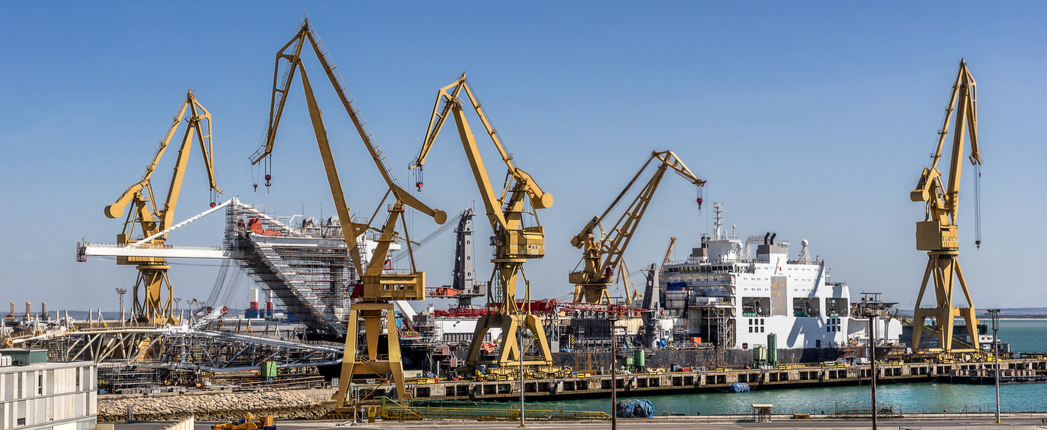
Lubricant demand in Spain this year through May was up 33% from the same period in 2020 – during which pandemic restrictions and lockdowns had the most impact – and was up 2% from the same time frame in 2019, based on data compiled by the Spanish Lubricants Association.
Aselube’s estimates – which include greases and process oils – are based on its compilation of sales volume figures reported by its member lube suppliers, which collectively account for 82% of demand in Spain. The association presented the figures during an online event to promote the release of its 2020 annual activities report. The total volumes reached 151,300 through May this year, up from 113,500 tons in the year-earlier period and from 147,700 tons in the same period in 2019.
Spain’s automotive and industrial lubricant sales saw the biggest rebounds from a year earlier, though industrial was below that of the same period in 2019. Reported automotive lube sales through May were up 46% at 65,400 tons, compared to the year-earlier period, and were also up 7% compared the same period in 2019. Industrial sales were up 25% through the first five months of this year, improving from the year-earlier period, but were down 4% from the same period in 2019.
Marine and aviation lubricants were up 2% at 9,700 tons through May, but were down 10% from the same period in 2019. Greases were up 20% at 1,800 tons through May, and up 1% from the same time frame in 2019.
At the end of 2020, the companies that belong to Aselube continue to have 12 plants for the production of lubricants in Spain, with a production capacity above 800,000 tons per year, with a packaging capacity of more than 509,000 tons – 8% less than in 2019 – and storage of around 113,000 tons, up 17%. The association said that approximately more than 421,000 tons of finished products were produced by Spanish plants of the associated firms throughout 2020.
Aselube President Luis Zuazola noted in his letter in the annual report that while it contrasts with what has been happening since the end of 2020 – increased raw material costs – that the low costs of raw materials during the second and third quarter of 2020 helped put a bit of a tailwind on the industry’s tough journey during the pandemic, helping the lubricants sector to maintain activity and provide service.
The association said its data indicated that the long term trends in the country towards greater use of synthetics continue in spite of the greater costs for such products.
Spain’s use of synthetic and semi-synthetic products in the light vehicles segment has risen from 35% in 2009 to 74% last year. Meanwhile, the use of conventional lubricants in light vehicles in the country slid from 21% in 2009 to less than 1% in 2020.
The association noted this trend is also occuring in heavy-duty vehicles, towards the use of semi-synthetics, synthetics and very low viscosity oils to improve fuel economy. Spain’s use of synthetics and semi-synthetics on the heavy-duty side grew from 0.3% in 1995 to almost 45% of the total by 2020.
According to the annual report, Aselube members exported more than 141,000 tons of lubricants abroad in 2020, declining 18% from 2019. Automotive and industrial lubricants accounted for 78% of the exports, although industrial lubricant exports volume declined 27%.
Sales of aviation and marine lubricants to other countries posted a 37% increase last year, though the segment only accounts for 7% of total lubricant export sales.
Spain sent 70% of its lubricant exports to Europe in 2020, down from 74% in 2019. Aselube attributed that decrease to the greater impact of the pandemic crisis. Asia accounted for 12% of Spain’s lubricant exports last year, up from 10%. The Americas share remained at 11%. Africa accounted for 6%, up from 4%, while Oceania remained at 1%.